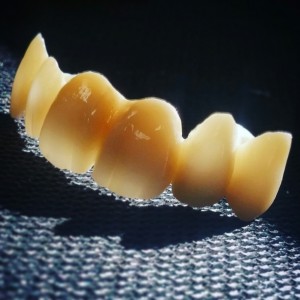Lean Manufacturing: The Eight Types of Waste
In order to improve work-flow and achieve “just in time processes, most users of the lean manufacturing system identify eight types of waste. Finding examples of these in our own business will help us eliminate steps and processes that don’t add value to our end product. The eight types of waste are:
Overproduction. This occurs when a large batch or “lot” of work is completed at once and sent to the next production step. If the batch is too much for the next technician to handle, the flow of work immediately stops, creating a stagnant “pool” of work. Some say this is the worst of all waste types, since it helps cause all other types of waste.
Inventory. A large inventory requires employees to count, sort, and maintain, when their expertise could be used toward production. Also, inventory degrades over time, and may have to be thrown out or replaced if not used. When a company has a bloated inventory, it can use that inventory as a crutch to cover up other wasted costs.
Transportation. When unfinished products have to be transported long distances, this creates waste. Especially in larger, international companies, moving other production steps on-site or to the same region cuts out long wait times and the need for huge batch and inventory sizes.
Motion. Unnecessary movement cuts down on efficiency. Standing and moving from one area to another or sharing tools with a teammate or department are examples. Wasteful motion can also be caused by poorly designed work-spaces, such as isolated or congested areas.
Processing. Identifying unnecessary steps in precessing helps us simplify. This can eliminate wait times, material costs, labor costs, and so on.
Defects/Quality. Not only do defective products cost the business materials and labor, it’s also expensives to quality check repeatedly and address customer complaints. A down-stream production system can cause questionable work to be passed on the the next stage.
Waiting. Valuable time is lost when employees are waiting for machines to cycle, or when machines are waiting for employees’ input. Any time spent waiting for approval or instructions is not value-added time.
Employee’s skills can be mismanaged when employees are seen only as sources of labor rather than experts with insight into production.
When we explore the eight types of waste and better understand how they apply to our own jobs, we can then make an effort to eliminate waste. The result will be lower overhead, shorter turn-around times, and a more constant flow of work.




Leave a Reply
You must be logged in to post a comment.